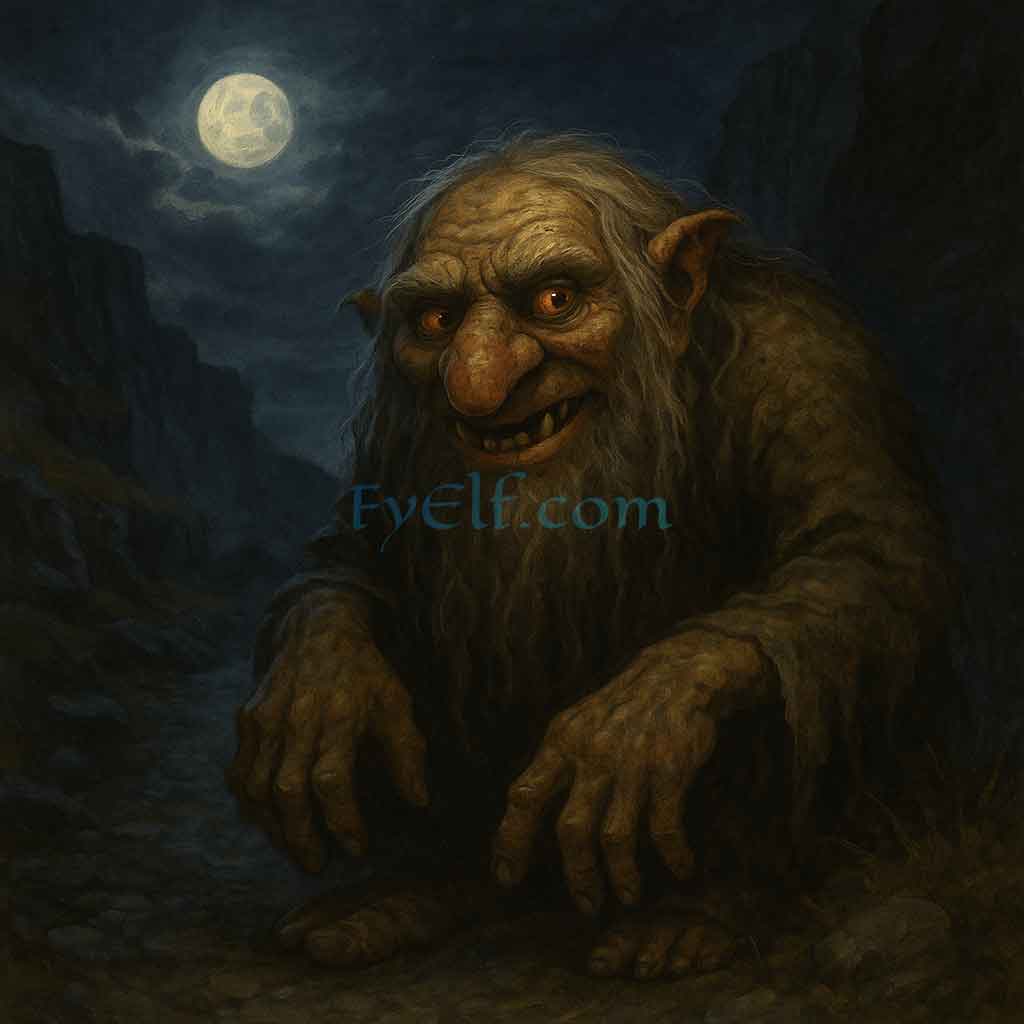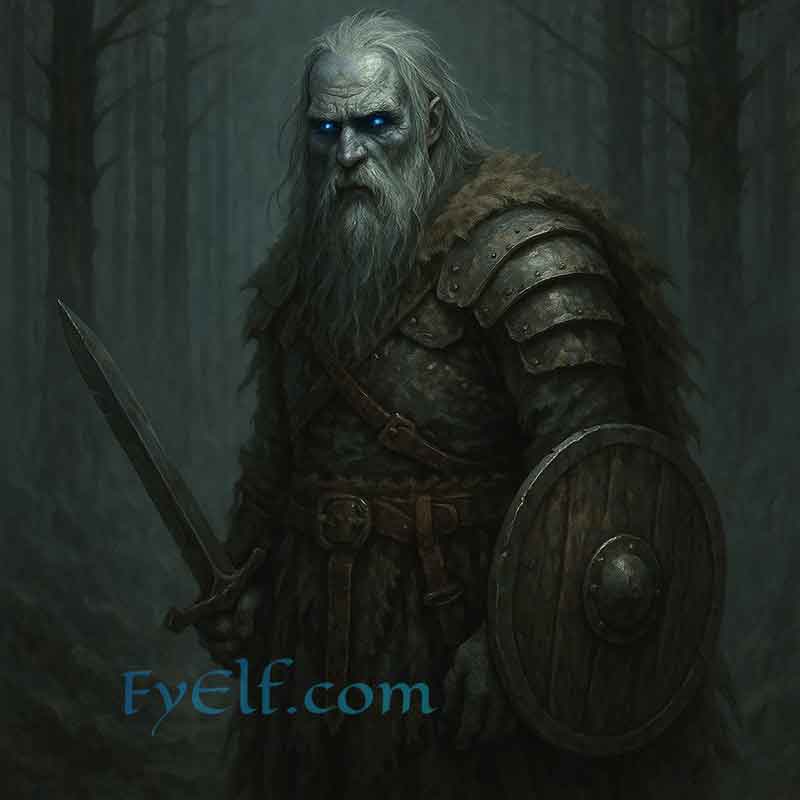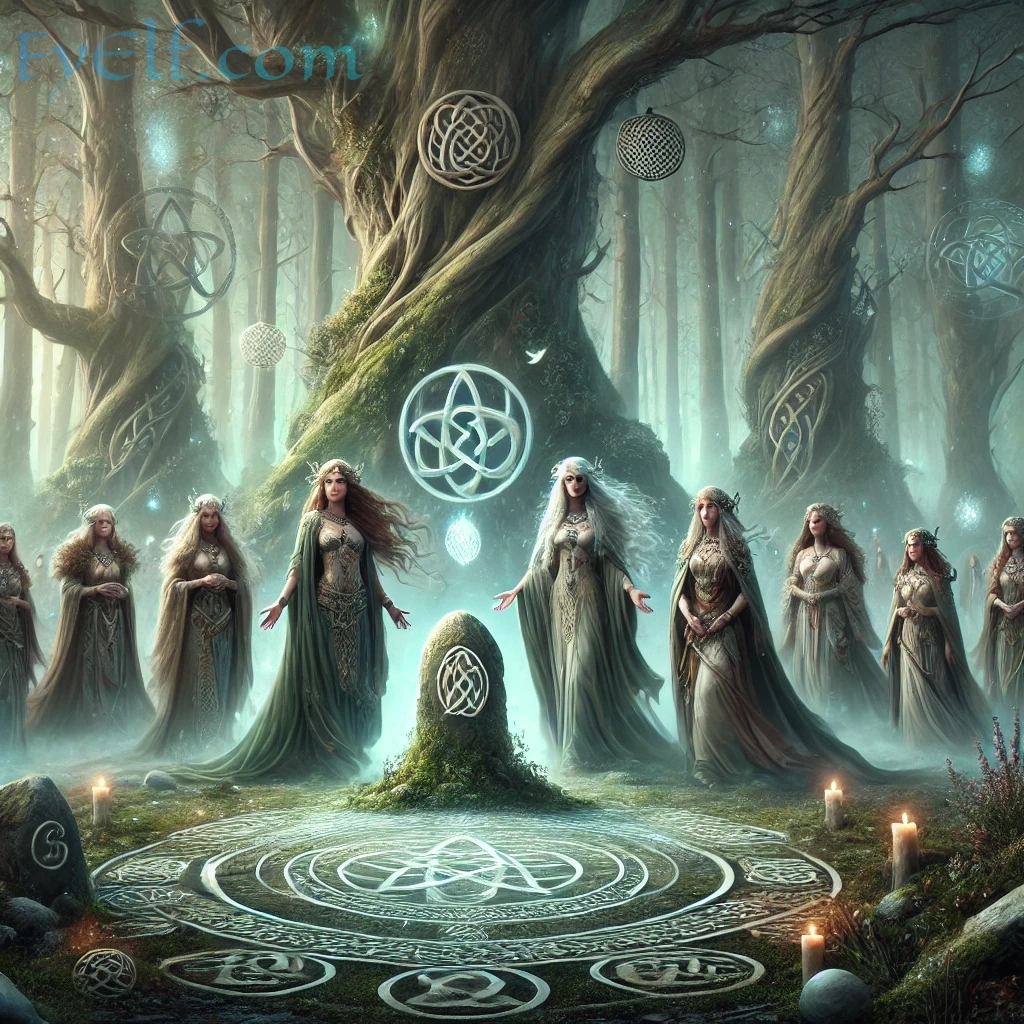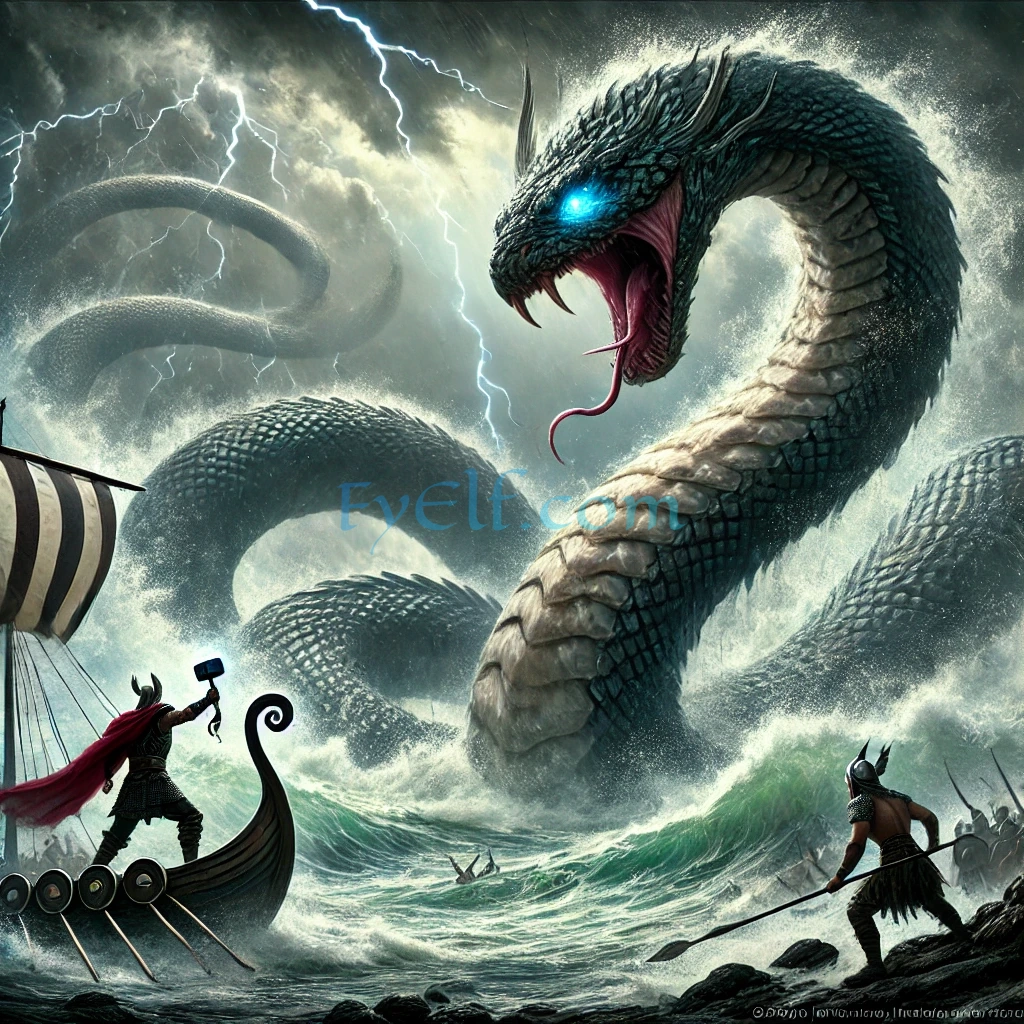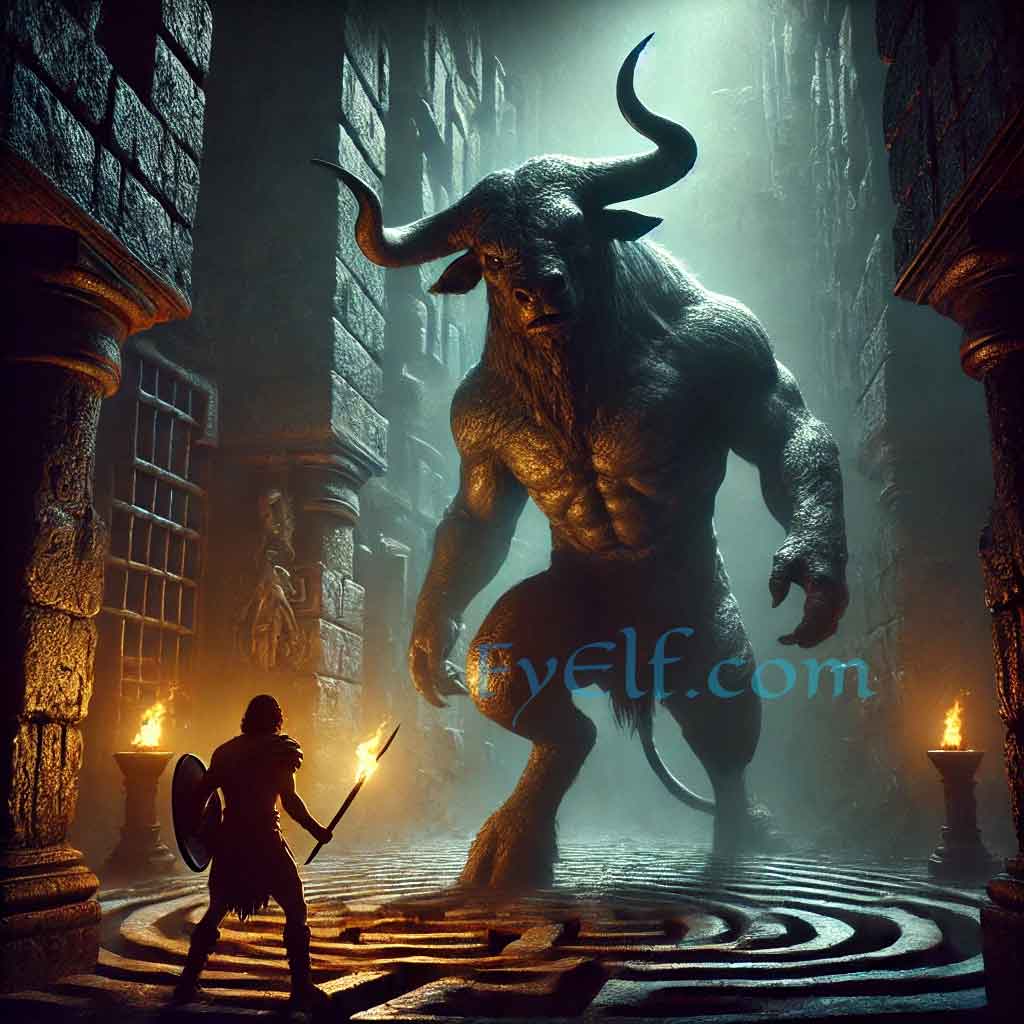On the remote islands of Orkney and Shetland, windswept landscapes and stormy seas shaped a folklore rich with supernatural beings. Among the most feared and fascinating are the Trows—small, troll-like creatures known for their mischief, trickery, and connection to the unseen world. Blending Celtic mythical creatures with Norse influences, the legends of the trows remain some of the most distinctive in Scottish folklore.
What Are Trows? Trolls of Scottish Folklore
Trows are often described as small, ugly, and mischievous creatures who dwell in burrows, mounds, or hidden places. While they share similarities with Scandinavian trolls, the Scottish trows are unique to Orkney and Shetland traditions.
They are nocturnal by nature, feared for their tendency to sneak into homes after dark, play tricks, steal food, and sometimes even abduct humans. Despite their fearsome reputation, they were not always purely evil—sometimes, trows left gifts of music or inspiration behind.
Origins of Trow Legends in Orkney and Shetland
The myths of the trows are deeply rooted in the Celtic and Norse blend of cultures that shaped Scotland’s northern isles. Vikings brought stories of trolls and huldufólk (hidden folk), which mingled with existing Celtic fairy traditions.
- In Orkney, trows were linked to fairy hills and the ancient belief that spirits lived beneath the earth.
- In Shetland, the stories often emphasized their Norse troll ancestry, reflecting centuries of Scandinavian influence.
Thus, trows became a hybrid figure: part fairy, part troll, entirely unique to Scottish island folklore.
Trows vs. Trolls: Norse Influence on Scottish Myths
At first glance, trows seem identical to trolls of Norse mythology. Both are often grotesque, nocturnal, and hostile to humans. However, there are important differences:
- Trolls (in Norse tradition) were usually large, monstrous beings living in mountains or caves.
- Trows are smaller, sometimes even dwarf-like, and more closely connected to fairy traditions than giants.
This distinction shows how local folklore adapted foreign influences into its own unique mythos.
Mischief and Magic: The Trickster Nature of Trows
Trows are remembered primarily as tricksters. Common tales describe them:
- Stealing milk, food, or valuables from islanders.
- Playing cruel jokes on humans caught outside at night.
- Leading travelers astray in the dark, much like will-o’-the-wisps.
Yet, trows also had a cultural role. Islanders explained misfortunes—spoiled milk, lost items, or illness—by blaming the mischievous activities of these creatures.
Trows in Shetland Music and Storytelling Traditions
One of the most fascinating aspects of trow folklore is their link to music and dance. Many Shetland fiddlers claimed that their skills came from encounters with trows, who were said to play enchanted tunes in their hidden halls.
The “trowie tunes” became legendary—melodies of haunting beauty that no human could resist dancing to. In this way, the trows were not only feared but also admired as sources of supernatural inspiration.
Changeling Tales: When Trows Stole Human Children
Like fairies in wider Celtic folklore, trows were often blamed for child abductions. Legends tell of trows stealing healthy human babies and leaving behind a weak, sickly “changeling” in their place.
Mothers were warned never to leave their infants unattended, especially at night, lest the trows strike. Such stories reveal the anxieties of isolated island life, where illness or sudden death could be explained through folklore.
Trows Among Celtic Mythical Creatures
Though distinct to Orkney and Shetland, trows belong to the wider world of Celtic mythical creatures. Like selkies, kelpies, and banshees, they reflect the Celtic fascination with beings that blur the boundaries between natural and supernatural worlds.
In this sense, trows embody the dark side of Celtic folklore—creatures who inspire fear, caution, and respect for the mysteries of night and sea.
Legacy of Trows in Scottish Folklore Today
Today, trow stories remain alive in Orkney and Shetland storytelling traditions, celebrated in local festivals, literature, and music. They also appear in modern fantasy novels and children’s tales, ensuring that their legacy continues.
For visitors to Scotland, learning about trows offers a glimpse into the imagination of island communities—where harsh landscapes and endless nights gave rise to creatures that still captivate us centuries later.
Conclusion
The trows of Scottish folklore are more than just island trolls. They represent a unique blending of Celtic fairy traditions and Norse mythology, adapted to the lives of Orkney and Shetland people. Mischievous, sometimes terrifying, yet musically gifted, trows remind us of the power of folklore to explain, enchant, and endure.
